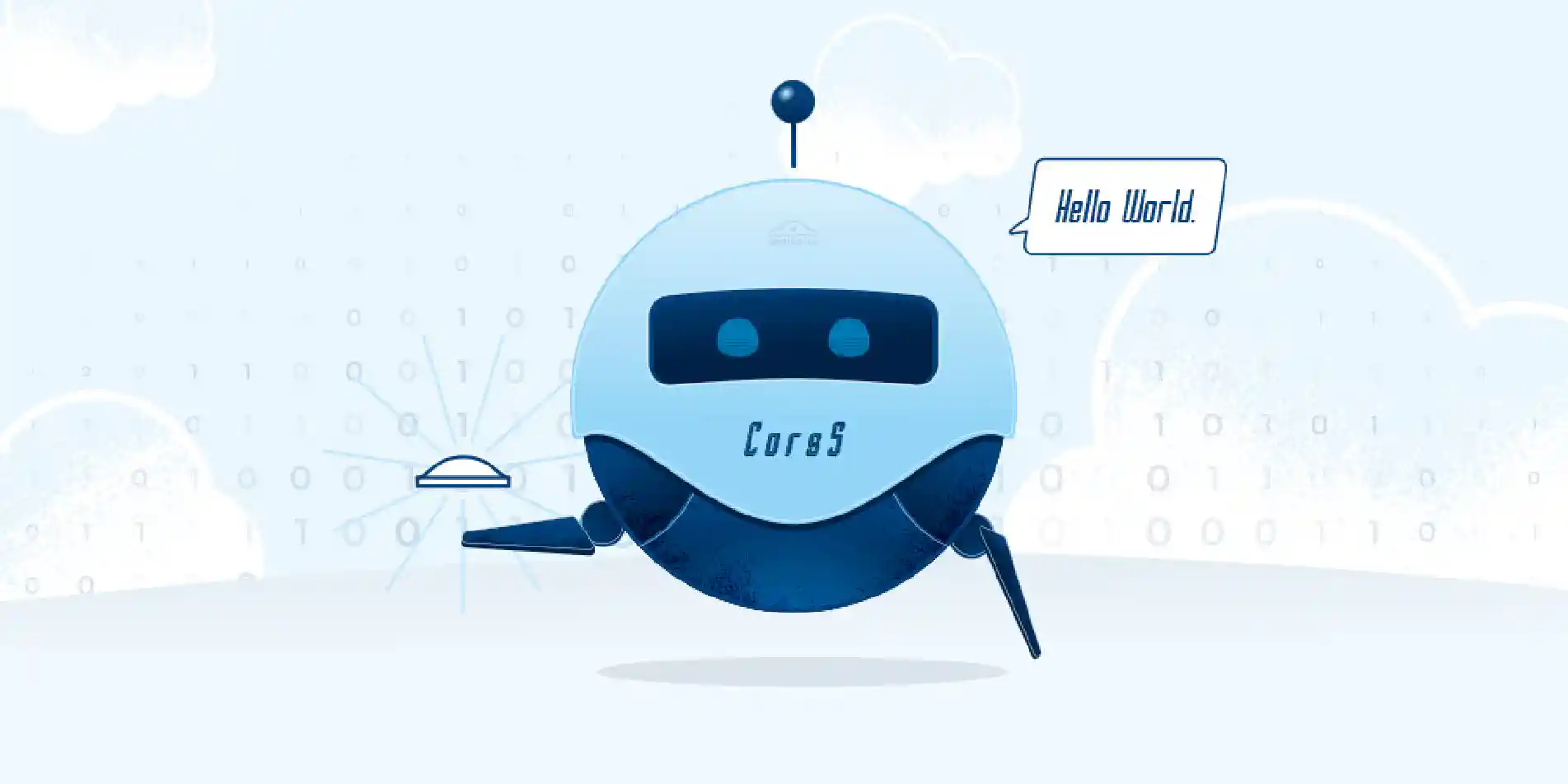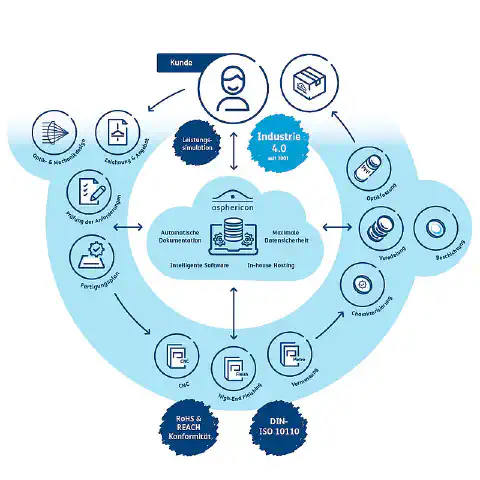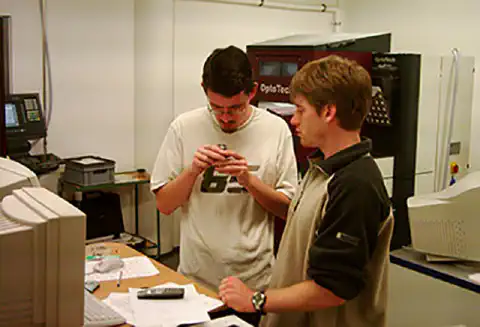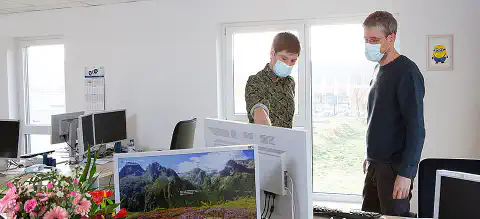
Story 5: Pioneer of the fourth industrial revolution

Digital manufacturing process of asphericon in detail scheme.
What do you get when you intelligently network people, machines and the resulting products? “Industry 4.0” is an idea that is already widely applied today. At asphericon, too - and has been for a good 20 years.
Surely you too have heard something about “Industry 4.0”? Digital networking of people, machines and processes in industry? Intelligent factories? The fourth industrial revolution? Ten years ago, when the term was coined at the Hannover Messe 2011, this “Industry 4.0” may still have been a mere idea for many, but today, ten years later, it is already a lived reality in many cases. At asphericon, too.
Sven Kiontke first encountered the catchy term around 2011. At an event organized by the OptoNet network, the asphericon CEO recalls, someone asked him if he had ever heard of this “Industry 4.0”. What did he think of it? Kiontke, not yet familiar with the term, had the idea behind it briefly explained to him - and finally replied quite succinctly: “We’ve been doing that since 2001, why?"-Since 2001 already? Yes, in fact asphericon paved the way for networked, digital production back in its early days. Long before “Industry 4.0” experienced its spiritual birth.

Thomas Kurschel, Sven Kiontke and their team have been working constantly on the further development of the CorsS machining software since 2001.
How exactly? Well, with CorsS, the proprietary software developed by the founders Sven Kiontke and Thomas Kurschel and their mentor Dr. Herrmann Döhler, which then as now forms the heart of all manufacturing processes in the company. Of course, the tool - CorsS stands succinctly for “Correction of Rotational Symmetric Surfaces” - was still in its infancy back then, when asphericon was just taking its first steps. It was also still far less complex and powerful than it is in 2021, with over two million lines of code written today. But in its basic idea, the software-supported processing of complex-shaped lenses, it was already designed for precisely the digitally networked applications and processes that it now monitors and controls on an all-encompassing basis. The only difference was that back then, people still worked with floppy disks and giant laptops.
With all the knowledge and all the ‘capabilities’ that CorsS has been equipped with over the last 20 years, the software architecture is now virtually omnipotent: it takes on tasks that extend far beyond the mere control of the machines to the entire production process. Without anyone having to lend a hand or intervene, everything that happens at asphericon is exchanged and archived digitally, from the recording of all specifications through production, measurement and sales to the final documentation. Where are the lenses currently, how long do they take to complete, is the production within the pre-calculation, which optic was produced most effectively and why? All manufacturing processes can be transparently monitored or analyzed. Of course, also what can be done differently or better next time.
The R&D management discusses next development steps around CorsS in spring 2021, Photo: © BMBF/Innovation & Strukturwandel/Thilo Schoch
The bottom line is that the work of CorsS enables asphericon to have extremely flexible manufacturing processes - with a double profit potential: The tasks of its own employees can be noticeably relieved and new added values can be continuously developed for the customer. Can asphericon thus call itself a “pioneer of Industry 4.0”? What a question: Absolutely!
